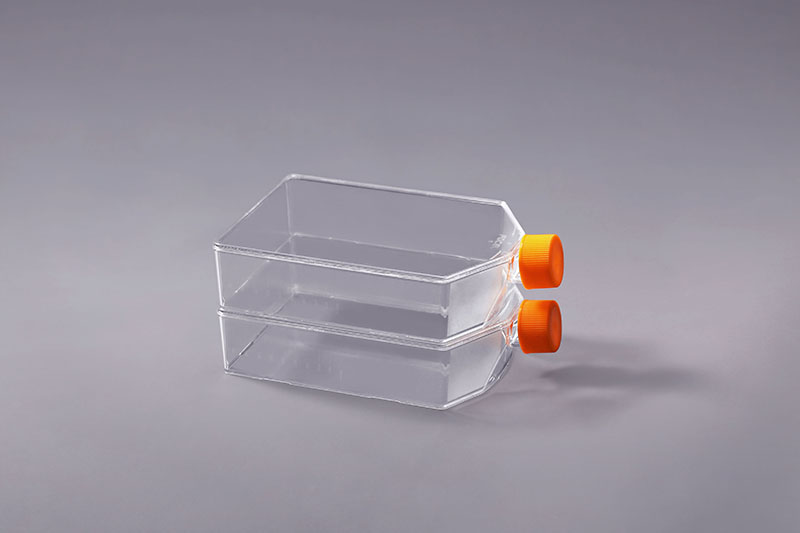細胞培養とは、in vitroで内部環境をシミュレートして、その主要な構造と機能を存続、成長、再生、維持する方法を指します。 細胞培養フラスコを用いた細胞培養の過程で、さまざまな問題が発生します。細胞の凝集は比較的一般的なタイプです。細胞培養の初期段階にもっと注意を払えば、この状況を回避することができます。
1。培養液中にカルシウムイオンとマグネシウムイオンが存在すると、細胞が凝集しやすくなるため、細胞を洗浄する際は、カルシウムマグネシウムを含まない平衡塩類溶液の使用に注意してください。
2。非常にしっかりと付着している細胞の場合、複数のバッチで消化できるため、細胞へのトリプシンの損傷を大幅に減らし、細胞の良好な状態を確保し、細胞の凝集を防ぐことができます。
3。細胞増殖密度が高すぎると、細胞のクラスター化が起こりやすくなります。 70%〜80%の密度が適切であり、セルのクラスター化の可能性を大幅に減らすことができます。細胞がコロニーに成長した場合は、最初に低密度で細胞を通過させ、次に消化して翌日通過させます。 3回連続して継代すると、細胞塊はどんどん小さくなります。数回継代した後、従来の消化方法と時間に従ってください。細胞は徐々に個々の細胞に広がります。
4。消化過程で細胞培養フラスコを激しく振らないようにしてください。そうすることで、細胞がチップのように落下する可能性が特に高くなります。細胞が懸濁液に落ちると、それらを単一の断片に叩くのは難しいので、消化の程度を厳密に制御するために、細胞が落ちる前に吹き飛ばして開く必要があります。
細胞の培養は非常に深い知識です。細胞の質、培地の組成、および細胞増殖密度はすべて、細胞の増殖に影響を及ぼします。 細胞培養フラスコでの細胞の凝集を防ぐために、上記の側面から制御して、細胞培養作業をスムーズに進めることができます。
The FAI climbed 5.9 percent year-on-year in the first 11 months of 2018, quickening from the 5.7-percent growth in Jan-Oct, the National Bureau of Statistics (NBS) said Friday in an online statement.
The key indicator of investment, dubbed a major growth driver, hit the bottom in August and has since started to rebound steadily.
In the face of emerging economic challenges home and abroad, China has stepped up efforts to stabilize investment, in particular rolling out measures to motivate private investors and channel funds into infrastructure.
Friday's data showed private investment, accounting for more than 60 percent of the total FAI, expanded by a brisk 8.7 percent.
NBS spokesperson Mao Shengyong said funds into weak economic links registered rapid increases as investment in environmental protection and agriculture jumped 42 percent and 12.5 percent respectively, much faster than the average.
In breakdown, investment in high-tech and equipment manufacturing remained vigorous with 16.1-percent and 11.6-percent increases respectively in the first 11 months. Infrastructure investment gained 3.7 percent, staying flat. Investment in property development rose 9.7 percent, also unchanged.
 English
English



















































